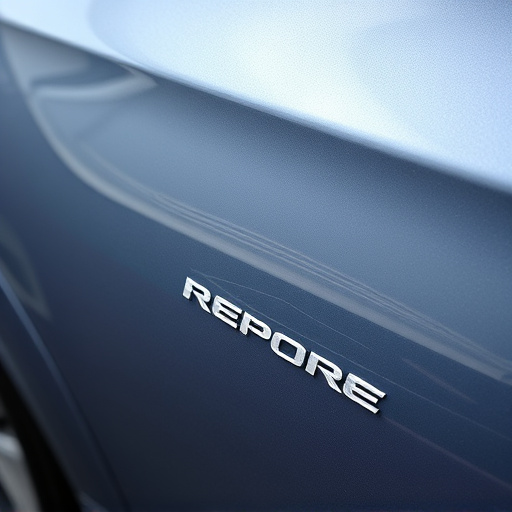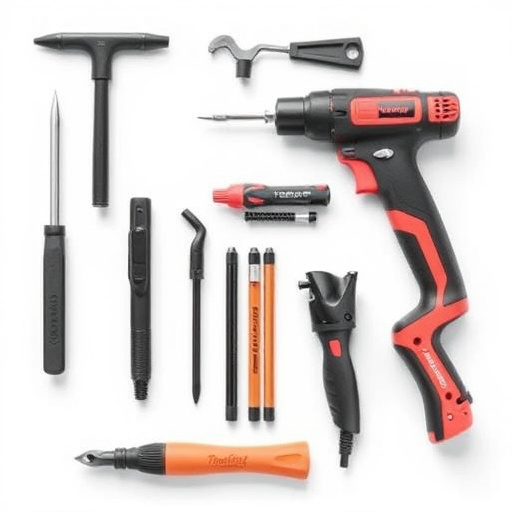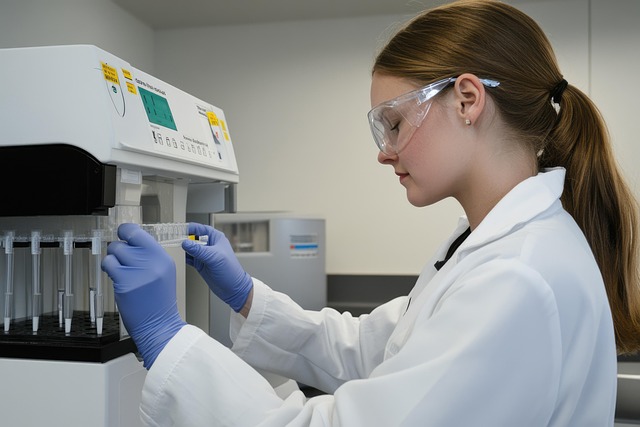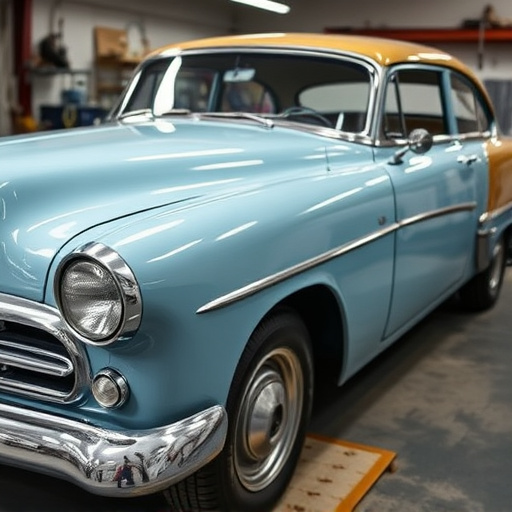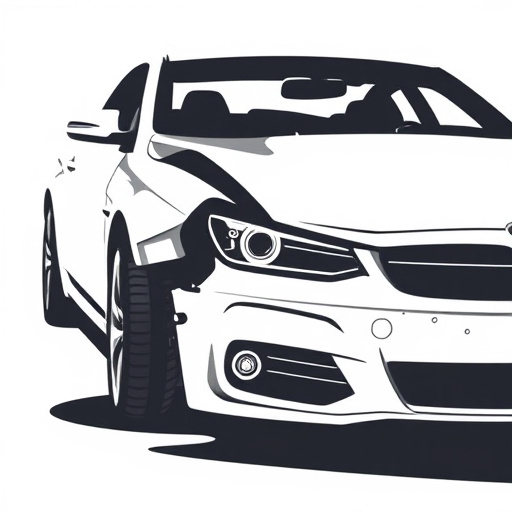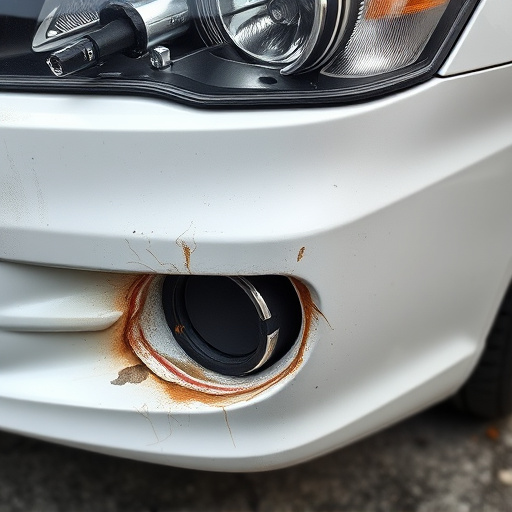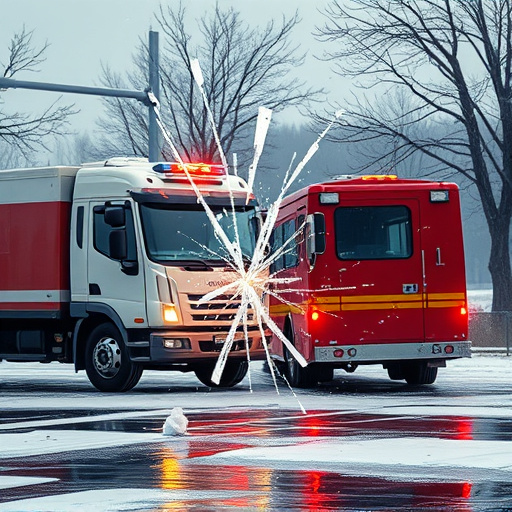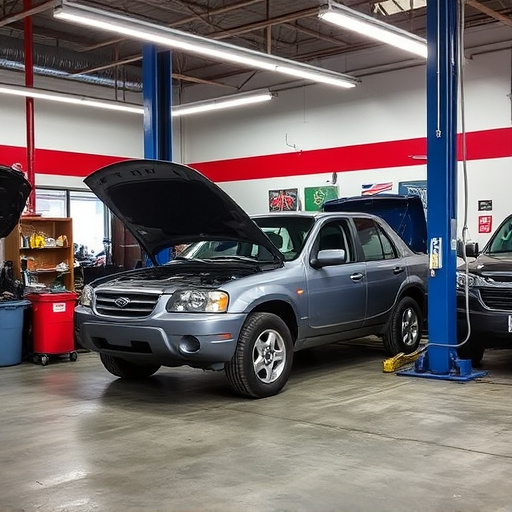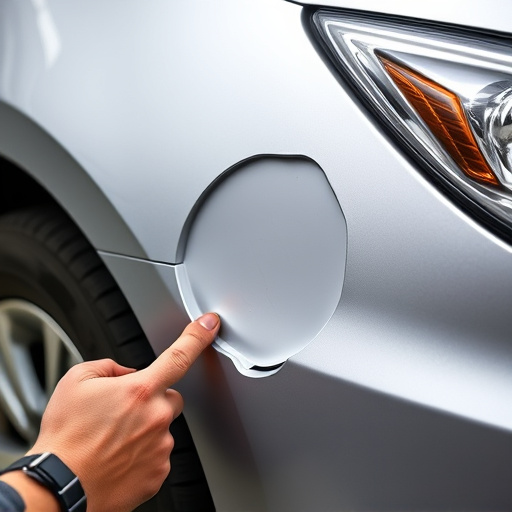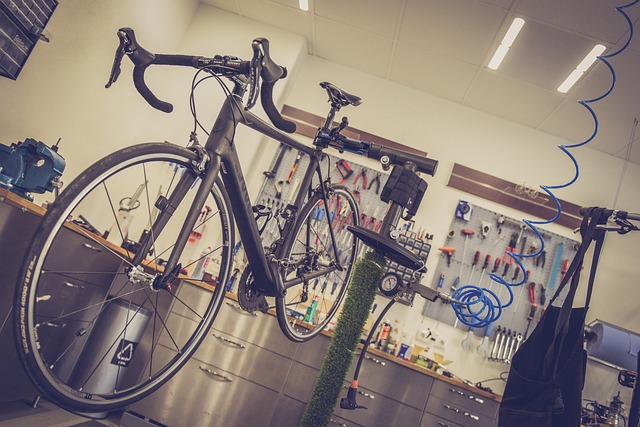Waterborne paint systems, using water as a solvent, offer environmental and performance benefits over traditional methods. They provide excellent coverage, quick drying times, and smooth finishes in auto repairs, reducing costs and streamlining processes. Proper airflow ensures even distribution, prevents overspray, and accelerates drying without compromising quality. Humidity control is crucial for optimal viscosity and drying time, leading to durable, high-quality finishes resistant to chipping.
In the realm of industrial coatings, waterborne paint systems have emerged as a game-changer, offering enhanced environmental friendliness and improved performance. This article delves into the nuanced dynamics of airflow and humidity, two critical factors influencing the successful application of waterborne paints. Understanding their roles is pivotal for achieving optimal coverage, drying times, and overall finish quality in various applications.
- Understanding Waterborne Paint Systems and Their Benefits
- The Impact of Airflow on Paint Distribution and Drying
- Humidity's Role in Optimizing Waterborne Paint Application
Understanding Waterborne Paint Systems and Their Benefits
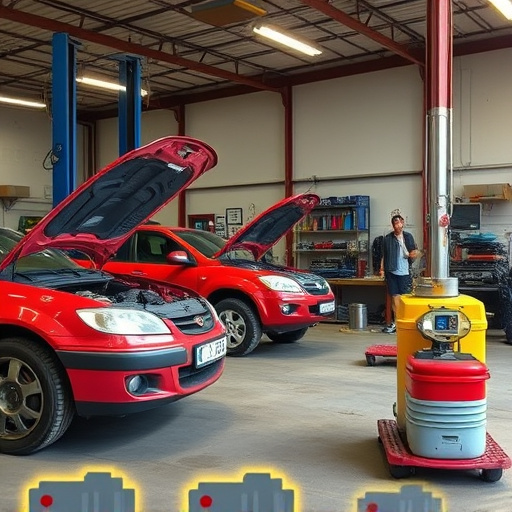
Waterborne paint systems have gained significant traction in various industries due to their numerous advantages. These innovative systems utilize water as a solvent instead of traditional organic solvents, making them not only more environmentally friendly but also safer for both users and the surrounding environment. This shift towards waterborne paints has been particularly notable in automotive applications, including fender repair and car damage repair processes. By replacing harmful chemicals with water, these systems reduce the risk of exposure to volatile organic compounds (VOCs), which is a significant concern in auto repair shops located near residential areas or heavily trafficked streets.
Moreover, waterborne paint offers superior performance compared to traditional paints. They are known for their excellent coverage, quick drying times, and smooth finish, ensuring high-quality results. For auto body repairs, this translates into more efficient fender repair and car damage repair processes, reducing the time and cost associated with traditional painting methods. With their versatility and growing popularity, waterborne paint systems are not just a trend but a reliable solution for anyone seeking eco-friendly and effective auto repair near me.
The Impact of Airflow on Paint Distribution and Drying
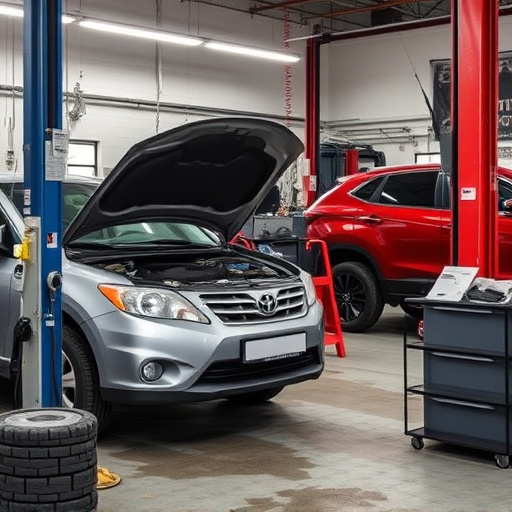
The efficiency and quality of waterborne paint application heavily rely on proper airflow. During the painting process, air movement plays a pivotal role in distributing the paint evenly across the surface. A controlled flow of air helps to prevent overspray and ensures that every area receives an even coat, resulting in a more consistent finish. This is particularly crucial in collision repair services for luxury vehicles like Mercedes Benz, where achieving precise and flawless finishes is essential.
Additionally, airflow influences the drying process of waterborne paints. Adequate air circulation accelerates the evaporation of water from the paint, leading to faster drying times. Faster drying can enhance productivity in auto body shops offering Mercedes benz collision repair services, as it allows for quicker turnaround times without compromising on paint quality or durability.
Humidity's Role in Optimizing Waterborne Paint Application

In the realm of waterborne paint application, humidity plays a pivotal role in achieving optimal results. Waterborne paint systems, often favored for their environmental friendliness and quick drying times, rely on specific environmental conditions to perform at their best. Humidity, particularly, influences the viscosity and drying characteristics of these paints. When the air is sufficiently humid, it helps maintain the desired consistency of the paint, preventing it from drying too quickly or becoming too thick. This is especially crucial in scenarios like vehicle repair or auto collision centers, where precise application and consistent finishes are essential.
For instance, in a post-fender bender scenario, where multiple vehicles require meticulous painting, maintaining optimal humidity levels can significantly enhance the overall quality of the paint job. Proper humidity ensures that painters have adequate time to work with the waterborne paints, allowing for smoother blending and more controlled application. This, in turn, results in longer lasting, high-quality finishes that are resistant to chipping or imperfections—a factor that cannot be overlooked in any professional painting setting.
In conclusion, understanding the intricate relationship between airflow, humidity, and waterborne paint application is key to achieving optimal results. By manipulating these environmental factors, professionals can enhance paint distribution, accelerate drying times, and ensure consistent, high-quality finishes. Embracing these principles allows for efficient and effective use of waterborne paint systems, making them a preferred choice in various industries.

